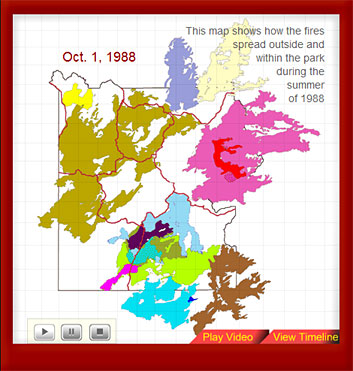To provide observations and information on the emerging fields of landscape scale conservation, heritage preservation, and sustainable community development.
Newsletter
Stay up-to-date with the latest nature, culture and community news.
We won’t spam you or share your information. Newsletters are sent approximately 10 times a year. Unsubscribe at any time.

Highway Planning on a Landscape Scale: The Next Generation
What happens when a highway project, long planned to improve the functionality of the overall transportation system, runs up against new designations that look at the value of resources on a landscape scale? How can infrastructure development manage this changing landscape? After all it does not look like this kind of thinking is going away. Read the back story and some recommendations for the future.

Jeju Island Korea Hosts International Experts on Cultural Landscapes
Jeju Island Korea offers a remarkable landscape of scenic beauty, rich heritage and future opportunities. It was the setting for the November 2015 Annual Meeting of the ICOMOS-IFLA International Scientific Committee on Cultural Landscapes (ISCCL). A meeting at which the conversation centered around the aesthetics of landscapes, connecting the practice of nature and cultural conservation, and an initiative to advance the understanding and conservation of world rural landscapes .

Can Parks Organizations Continue to Ignore Social Values in Landscape Stewardship?
“Social value” is not a term that national park organizations in the United States, Canada and New Zealand have tended to use with much frequency, reserving it almost exclusively for discussions of the distant past, rather than for more recent and contemporary place attachments and community networks. How can social values or the “values of people” be better incorporated into national park management policies, such that agencies move beyond lip service and actually include various publics in meaninful decision-making processes.

Letter from Woodstock: The Presidio Matters
In this piece Guest Observer Rolf Diamant examines the Presidio of San Francisco. The 1,500-acre former military post is national parkland managed jointly by the federally chartered Presidio Trust and NPS, nested within the much larger Golden Gate National Recreation Area.

The Value of a Backward Glance
In the summer of 1988, massive fires swept across Yellowstone National Park. At the time, alarmist news coverage questioned whether the landscape would ever recover. Now, 25 years later, scientists have learned a great deal about the significance and the complexity of fire’s potential impact on an ecosystem. Thoughts on the challenges of interpreting landscape-scale stories that go beyond soundbites as well as the importance of learning from history and change over time.

Highway Planning on a Landscape Scale: The Next Generation
What happens when a highway project, long planned to improve the functionality of the overall transportation system, runs up against new designations that look at the value of resources on a landscape scale? How can infrastructure development manage this changing landscape? After all it does not look like this kind of thinking is going away. Read the back story and some recommendations for the future.

Jeju Island Korea Hosts International Experts on Cultural Landscapes
Jeju Island Korea offers a remarkable landscape of scenic beauty, rich heritage and future opportunities. It was the setting for the November 2015 Annual Meeting of the ICOMOS-IFLA International Scientific Committee on Cultural Landscapes (ISCCL). A meeting at which the conversation centered around the aesthetics of landscapes, connecting the practice of nature and cultural conservation, and an initiative to advance the understanding and conservation of world rural landscapes .

Can Parks Organizations Continue to Ignore Social Values in Landscape Stewardship?
“Social value” is not a term that national park organizations in the United States, Canada and New Zealand have tended to use with much frequency, reserving it almost exclusively for discussions of the distant past, rather than for more recent and contemporary place attachments and community networks. How can social values or the “values of people” be better incorporated into national park management policies, such that agencies move beyond lip service and actually include various publics in meaninful decision-making processes.

Letter from Woodstock: The Presidio Matters
In this piece Guest Observer Rolf Diamant examines the Presidio of San Francisco. The 1,500-acre former military post is national parkland managed jointly by the federally chartered Presidio Trust and NPS, nested within the much larger Golden Gate National Recreation Area.

The Value of a Backward Glance
In the summer of 1988, massive fires swept across Yellowstone National Park. At the time, alarmist news coverage questioned whether the landscape would ever recover. Now, 25 years later, scientists have learned a great deal about the significance and the complexity of fire’s potential impact on an ecosystem. Thoughts on the challenges of interpreting landscape-scale stories that go beyond soundbites as well as the importance of learning from history and change over time.


